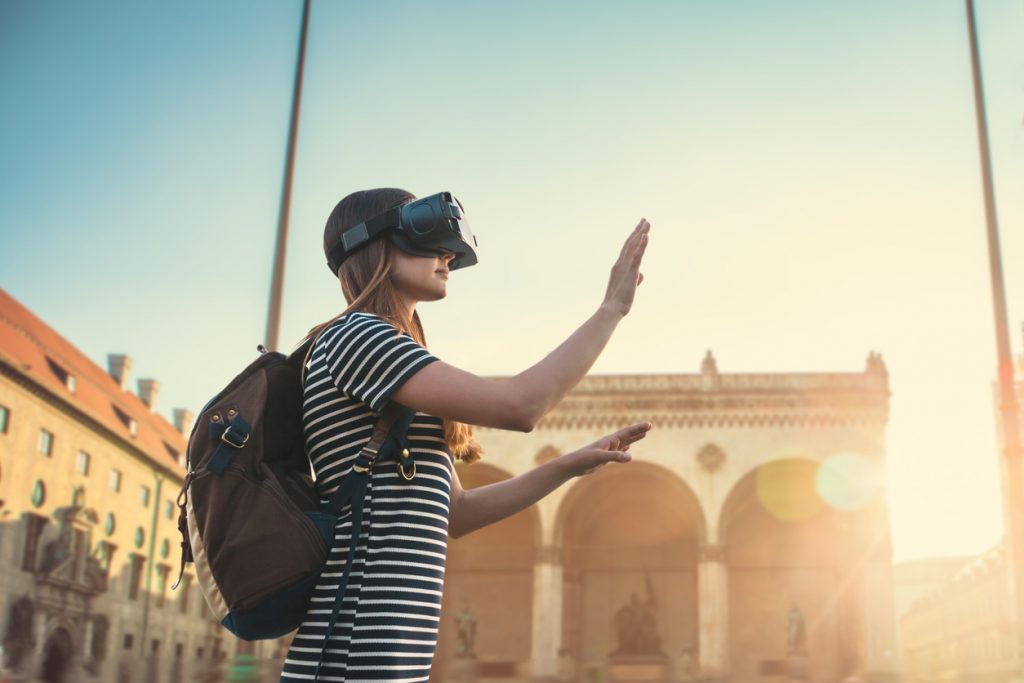With countries around the world closing their borders, there has been an unprecedented halt to global tourism. This has made people look for different ways to scratch that travel itch. One of these has been given a major boost in recent times—virtual reality (or VR) technology, along with 360-degree videography. But, is virtual travel here to stay even after the pandemic subsides?
Thanks to virtual travel, anyone can see places around the globe from the comfort of their home. It’s a trend that has been around for a while, but it’s taken a pandemic for most people to truly embrace it. So, what will it look like in the future?
What Will This Article Cover
Let’s take a look at what virtual tourism means for travellers, whether it will continue to hold people’s interest, and whether travelling virtually will last beyond the pandemic.
Also read: 25 incredible ways to experience virtual travel
So, What Is Virtual Travel?

How It Can Help Save The World

Another great benefit is that VR travel can bring parts of the world to people who would otherwise be physically incapable of visiting them, or to let people visit places that are otherwise inaccessible and closed to the public (such as vulnerable cave paintings, or delicate ancient ruins).
Can It Help You “Try Before You Buy”?

What It Will Need To Achieve This

Of course, researchers are always looking for ways to make VR more and more immersive, but while enhanced sensory experiences might make a destination more realistic, it won’t fulfil the deeper need that compels us to travel.
What Can Virtual Reality NOT Replace?

So, Is Virtual Travel Here To Stay?
While virtual reality has lots of amazing aspects to it, the technology isn’t yet at a place where it can disrupt the travel industry or cause a significant drop in physical travel. However, there are lots of things it can do, such as give a taste of a destination, or let you explore an unnaturally empty museum. Virtual reality can bring faraway places closer to us, and perhaps, one day soon, do much much more.
Also read: 15 breathtaking virtual tours of nature you must take

